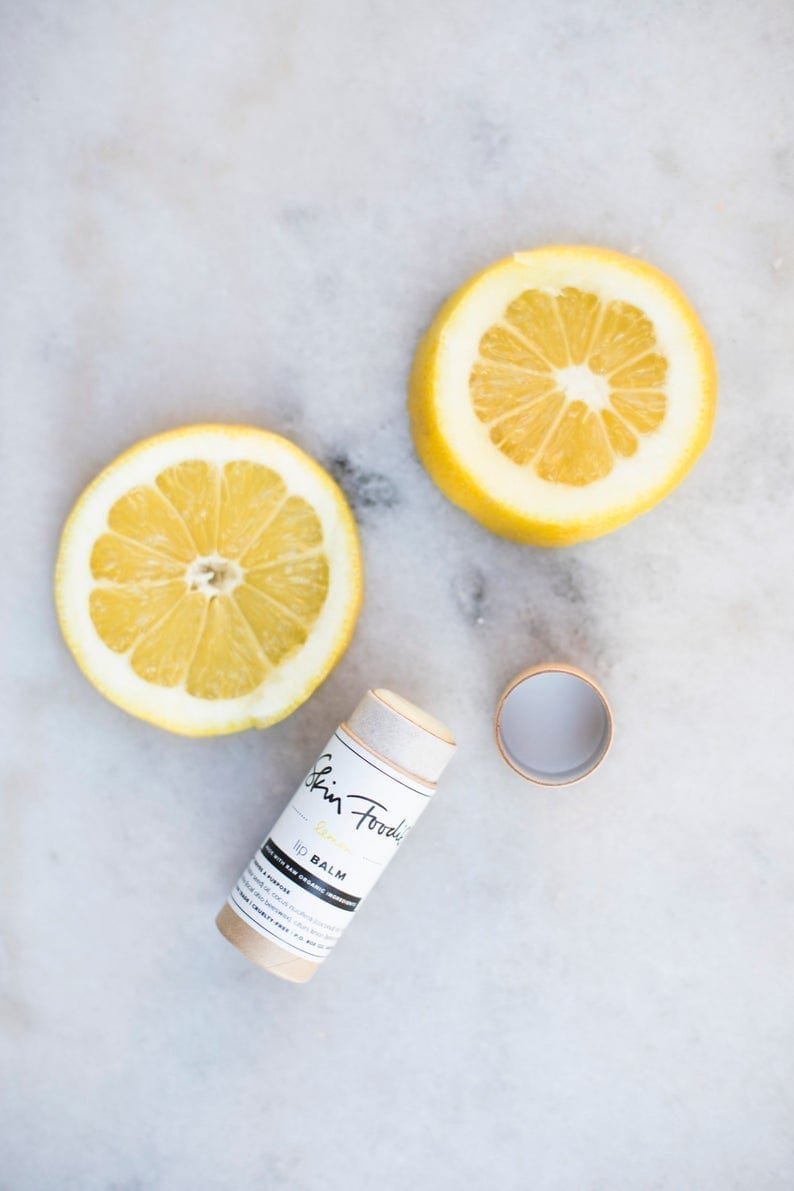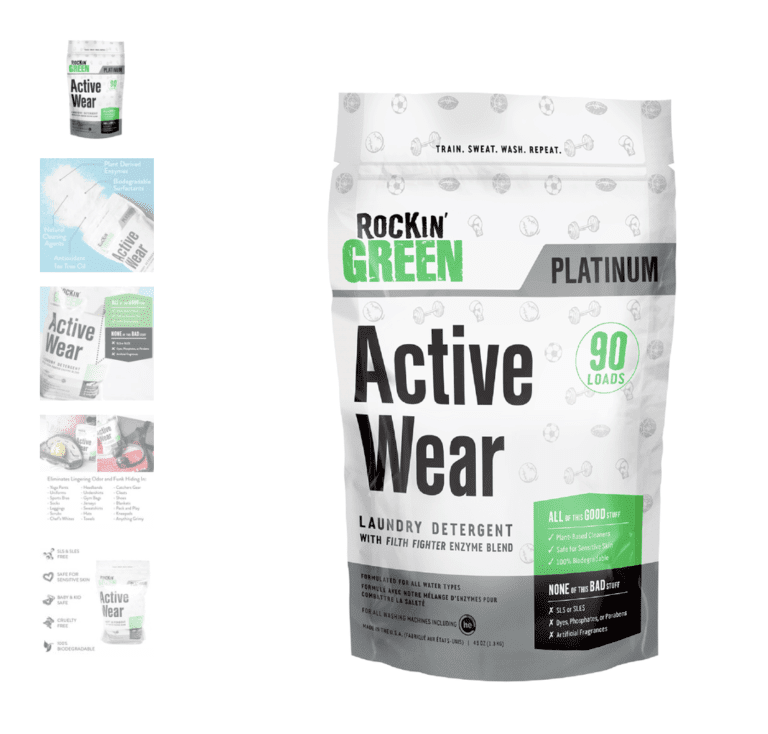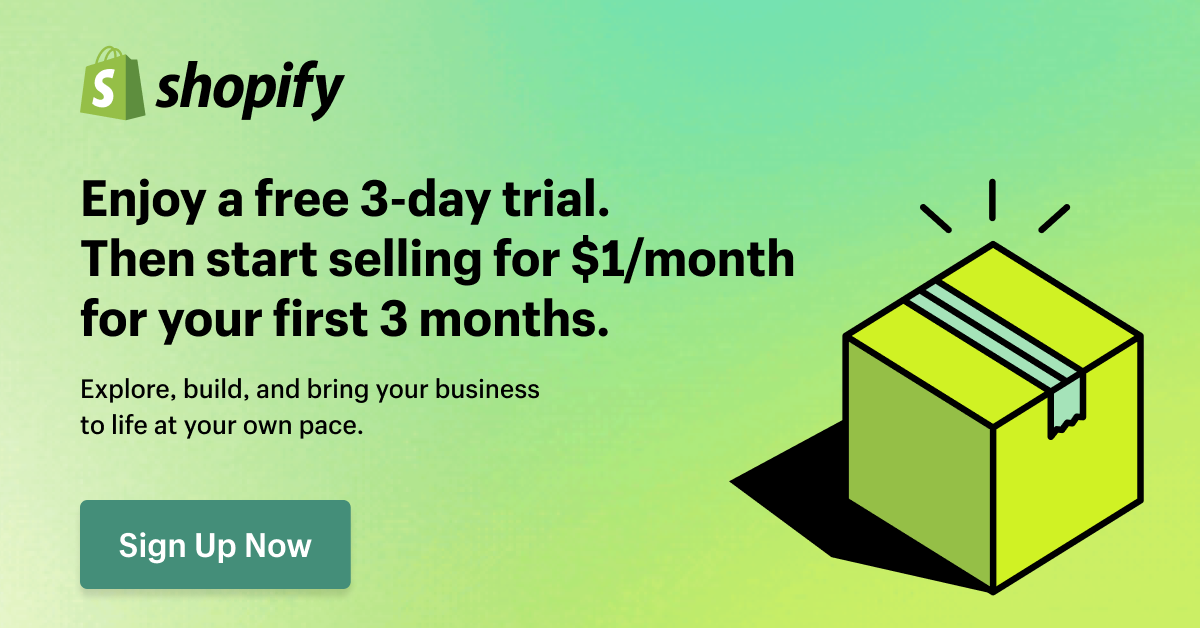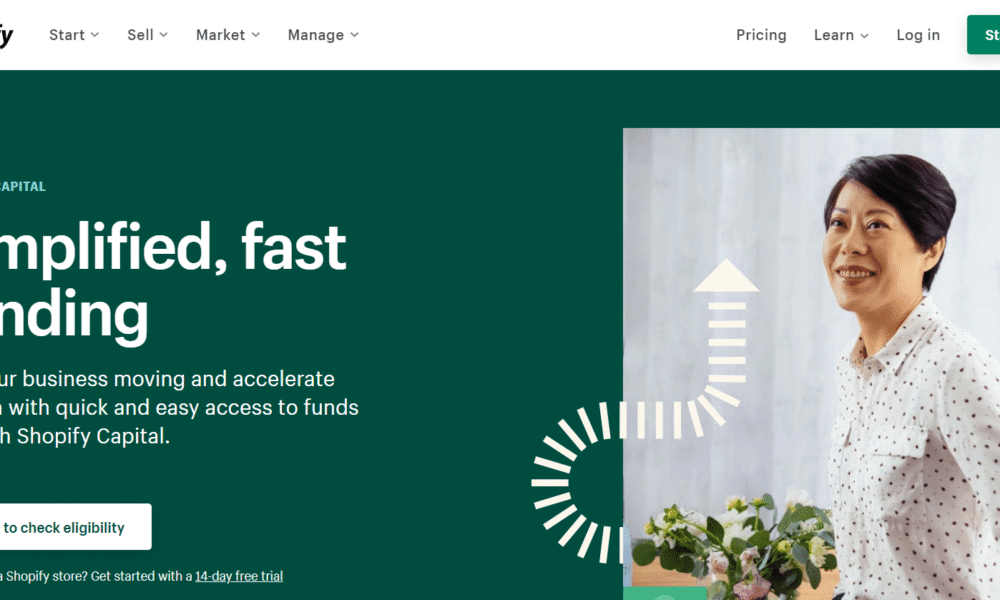In May 2025, Shopify officially launched one of its most powerful updates…
10 Best Product Packaging Strategies For Dropshipping Store

Several factors influence how customers perceive your brand and its packaging- one is your chosen design.
Product packaging boils down to how the product is presented and how intimately it is intertwined with customer perception.
It tells a story and sets the stage for how you want to show your entire brand.
Selecting a modern and clean look for packaging will leave a unique impression compared to one that features a rustic, original design or a beachy aesthetic.
Product packaging speaks volumes about your brand in a fraction of a second, with clients sometimes judging the quality or value of a product at just a glance.
The proper packaging can let you sell more by standing out as an asset.
Packaging may appear minor, so many merchants overlook it until the last moment. However, packaging is essential to your service and marketing strategy, and it should not be taken lightly.

This article aims to guide you through selecting a robust packaging design that effectively represents your brand and helps you maximize sales.
Table of Contents
What You Should Know Before Designing
Product packaging involves numerous factors, including shape, size, visuals, colors, packaging materials (wrappings, boxes, bags), and more. Before making any of these decisions, you must do some research.
You need to understand four key factors that will significantly impact your design. These include:
- Understanding your audience and what they want from a product in your industry is crucial for designing packaging that specifically appeals to them. For instance, many men do not naturally reach for something in a fancy pink bottle.
- Connotations you want to evoke: Consider your audience and what you want people to think about your brand. Natural, rustic packaging works well for organic skincare products when the brand emphasizes natural ingredients; however, it may not be effective if you try to represent your products as clinically crafted instead.
- Your established visual branding: If you already have a website, brand name, and logo, it is essential to choose packaging that works well with what you are already established, rather than working against your brand.
- Trends and standards in the market: To create a standout design, you need to understand the prevailing rules and examine your competitors’ activities. Sometimes, sticking with the status quo is a good thing—if consumers expect toilet detergent to be sold in bottles instead of laminated envelopes, you might want to reconsider.
Types of Product Packing
Depending on the kind of products you are dealing with and how you are getting them to the consumers, there are 3-main types of product packaging that you need to know, and they are as follows:
Product Packaging
The product itself must be packaged to protect what you are selling. Think about the box for the jewelry, the candy bar wrapper, and the toilet detergent bottle you are selling.
The packaging includes hanging tags or labels that go into the products, if applicable.
Product packaging ought to be the central focus. It is where you should start. Upon seeing it on the shelf, you want customers to grab your product, so aesthetics and functionality are vital here.
Outer Product Packaging
Say you want to ship products to clients; how will you do that? In boxes, envelopes, or something else?
Or you are distributing shelving boxes to sell candy bars to small local merchants or boutiques.
What do these boxes look like?
Outer product packaging —the box or packaging delivered — is crucial for shipping purposes.
Outer product packaging often includes branded envelopes, stickers, and mailing boxes. It gives your brand a more robust impression when the client sees the package in the mail.
Inner Product Packaging
Inner product packaging includes everything inside the outer envelope or box except the product itself.
It may consist of packing peanuts, shredded paper, mailer inserts to keep things in place, pamphlets, or instructional booklets.
The focus here is on practicality. For example, if you want to ship that glass bottle of lotion, how do you ensure it does not break? Wrapping it in a paper or cloth bag and then sticking it to the shredded paper can protect it.
When this packaging is branded, it has a uniform appearance. It makes your brand look established and professional.
It also allows you to control the entire customer experience, from how they receive your product to their overall satisfaction.
Read Also: How To Edit Tags In Shopify Ecommerce Store
6 Things to Place on Your Packaging
There are six things you need to remember every time you design your product packaging. They include:
- Product titles: The product’s name needs to appear on the packaging
- Copy explaining the product: A simple tagline or a small section on the label detailing what the product does.
- Instructions on how to use and care for the product should be detailed on the product itself. For example, tent gear may be suitable only for specific weather conditions, and clothing may be hand-washed.
- Imagery: it includes the brand logo and anything particular to the product itself that your design has come up with
- Required information, such as nutrition labels, barcodes, or safety labels: Some locations and industries require this information, depending on the products you sell. Cross-check to determine what information you need to include on your packaging.
- As required, info-batch numbers; however, the obviousness of changing numbers ensures that there is a place on the packaging for batch numbers.
Designing eCommerce Packaging
There are six critical step-by-step processes for designing eCommerce packaging. Consider the following:
Do Your Research
As this post has already alluded, it would help if you did your research upfront. You need to know what is happening in the marketplace, your audience, and what you want the packaging to say about the product.
Competitors and the market are critical, and developing audience personas for each product will be helpful. Packaging and branding go hand in hand.
Choose Your Product Container Type
You must decide what type of product container you may need, and the various options for product packaging are:
- Bottles
- Cans
- Glass jars
- Boxes
- Wrappers
- Cardboard tubes
- Cartons
- Laminated envelopes
- Your selection should meet all the following criteria:
- It aligns with users’ expectations in case an industry’s standards are in place
- It is functional
- It ships well
- It looks great
Decide What You Need
While considering how your product will reach the client on both aesthetic and practical levels, you realize you need a shipping container, such as a box or mailer envelope.
But what else will ensure that everything arrives looking excellent and with the product protected so the customer has the best experience possible?
In addition to the branded shipping box, you may need to purchase branded packing tape,
You may have standard kits that could easily benefit from a custom mailer insert. Still, you realize you want shredded paper or packing peanuts to ensure your product arrives at the customer’s location safely.
Consider all these. Moving forward is essential. Make sure to make a list of everything you need.
Design the Packaging
Hiring a professional to design the inner and outer packaging can be a one-time cost.
At this stage, specify what imagery, color scheme, and overall aesthetic you are going for. It is vital to ensure that it is clear what your product is so that if a customer sees it on a shelf, they will not be left scratching their head.
Remember to include all necessary information on the packaging, including safety instructions and batch numbers. Forgetting the first time means starting from scratch and paying for a do-over.
To streamline the process, clearly communicate to the printing company offering packaging services what you want. They can handle the more high-tech planning on your behalf.
Get Feedback
The designer will send you the design for your approval upon completion.
Please review it carefully, cross-check all copies, ensure the plan aligns with your vision, and make any necessary changes.
Once you have the future designs, get feedback.
Ask friends whose design tastes you trust or peers experienced in the eCommerce or retail industry.
Obtaining the opinion of your target audience is even more critical. Their opinion matters a great deal regarding the time of product purchase.
Start The Printing Process
Once packaging is created, all that is left to do is get the printing underway. Depending on what you need, the following options are all suitable choices:
- Sticker Mule is ideal for product packaging labels, such as those used for external packaging like jars or boxes.
- UPrinting and Packlane- meant for custom designs, including mailer boxes, shipping boxes, and product boxes
- Printing For Less caters to all, ranging from gift card holders, hangtags, candy wrappers, belly bands, inserts, and folding
- Lumi is meant for tissue paper, laminated pouches, envelope sleeves, cotton bags, and tape.
- Several printers allow you to create a prototype before ordering a whole batch — leverage this feature to ensure everything is perfect.
Fantastic Examples of eCommerce Packaging Designs
These incredible e-commerce packaging designs are bound to inspire you. They are versatile, easily adapted to your brand, and inexpensive.
Skinfood by AB
It is an Etsy shop that sells organic, handmade, and natural beauty products. Its exceptional packaging partly landed it a deal with big names like Whole Foods.
However, Skinfood by AB has gorgeous packaging that gives the shop an established feel. The clean white labels are distinct, with the branded name at the top and the product’s name underneath.

The shop uses branded tape around the outside of their shipping boxes and shredded brown paper to keep them safe and protected, as opposed to plastics or Styrofoam. Skinfood by Ab also uses ”natural” ingredients that align with the brand,
2.Rookin’Green
Rookin’ Green’s detergent is in powder form rather than liquid, so its packaging would also be different. They use plastic bags with a small scoop inside.

Additionally, the product packaging is clean and clearly indicates what each item is. There are ’90 loads’ in bright green text at the top right corner and feature ‘Active Wear’ in big, bold letters.
Rookin’Green also explains why the product is excellent and contains none of the bad stuff. It is a robust retail packaging solution, whether you are selling online or not.
3. who Gives a Crap
Who Give a Crap is the stop shop for examples of creative product packaging for your products. Look no further. The brand deals in recycled paper products, including tissue paper, towels, and toilet paper. Their copy is on point and highly entertaining, as reflected in their packaging.

Each product is wrapped in bright tissue paper with bold, fun prints. Noteworthy, though, is their innovative packaging for the shipping containers.
The duplicate fun copy that possibly got customers purchasing in the first place is all over the site, down to the description, including what the batch number on the box is and why you need it.
It is entertaining and makes the unboxing an active aspect of the sales and client engagement process.
Summary
The product packaging design process is a complex and meticulous endeavor that should not be taken lightly. It can make or break your brand; therefore, you must make strategic decisions.
The best packaging strikes a balance between visual appeal and cost-effectiveness, while remaining true to your audience’s expectations and brand.
Start Shopify For Only

Try Shopify free for 3 days, no credit card is required. By entering your email, you agree to receive marketing emails from Shopify.




Comments (0)